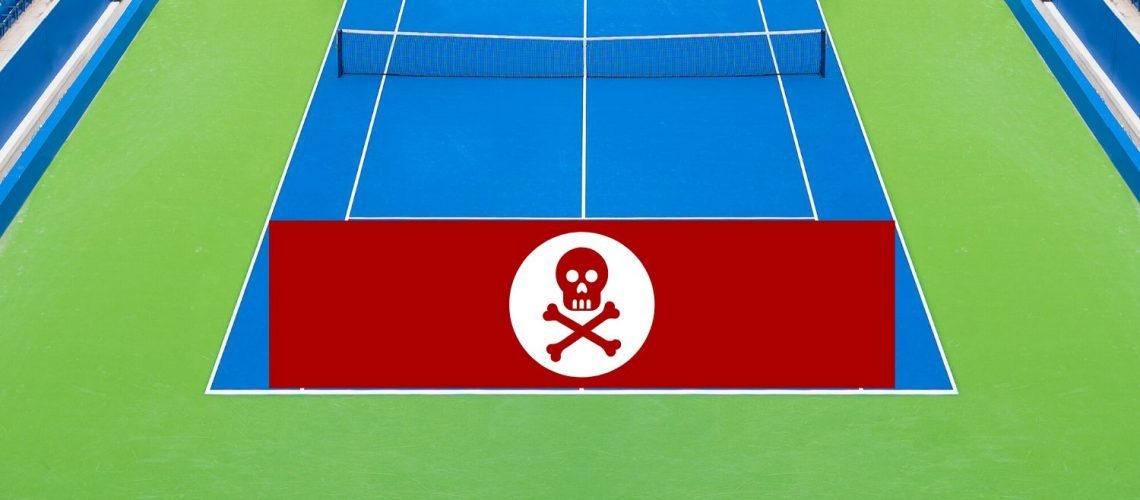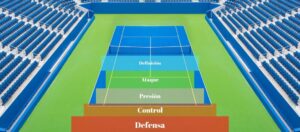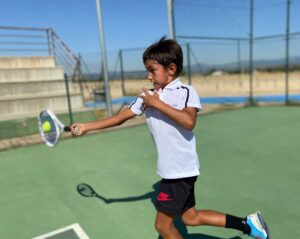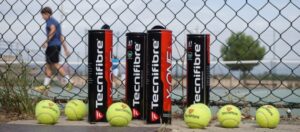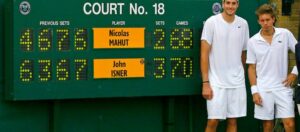The Dead Zone or No Man’s Land is called the space between the baseline and the half-court. The reason we call it like that is strongly linked to the concepts of recovery and the centers of the court. No Man’s Land coincides with the transition zones, such as Pressure and Attack, in which we must advance or fill in the space.
It is important not to mix the concepts of Dead Zone and Zones of Pressure and Attack. The difference is:
Dead Zone: we talk about positioning, such as recovery and search for the center, where to do the split step (as the opponent contacts the ball).
Pressure and Attack Zones: we refer to the positions on the court where we chose the shots related to these specific zones.
Tips for the Dead Zone or No Man's Land
Once the differences are understood, we are going to continue defining the characteristics of the Dead Zone:
- We can already understand by its name that we should not stop there. After the shot, we have to go up to the net or go back behind the baseline.
- We have to look at where our center is. At what height on the court should we position ourselves? We must not seek recovery in this area.
- If the opponent finds us in this area while he hits the ball, it means that he has displaced us (we already know that the split step is made when the opponent contacts the ball. See the article “Three Points of Vision“). At this moment we must be vigilant since we have left the court open and the next shot is going to be uncomfortable for us.
- After the service, in case of not going up to the net, we should go back behind the baseline to do the split step.
- When the opponent hits a low volley, we have to be attentive to the drop shot. We can put one foot inside the line, but not place ourselves in the Dead Zone.
- After forcing the opponent with good pressure or attacking shot, we have to be attentive to fill the space forward. We can be just behind the baseline or with one foot in, but not place ourselves in the Dead Zone.
- Remember that the Dead Zone coincides with the Transition Zones. After the shot, you should never stay inside but look for the center either within the half-court line or behind the baseline.
With these basic concepts we have tried to define an important aspect: try that the opponent does not surprise you looking for the center, or standing in this area.
There are some exceptions:
- In serve + volley, the split for the first volley can be done without crossing the half-court line. The best professional players, in this aspect, measure the speed of going up to the net by cutting this distance.
- In the return of the serve you can get inside the baseline and do the split forward.
For the rest, remember to be careful to avoid standing in this area, but at the same time keep in mind that, if you have the possibility of carrying out more shots within the court (Pressure and Attack Zones), this will allow you to maintain the initiative in the game.



